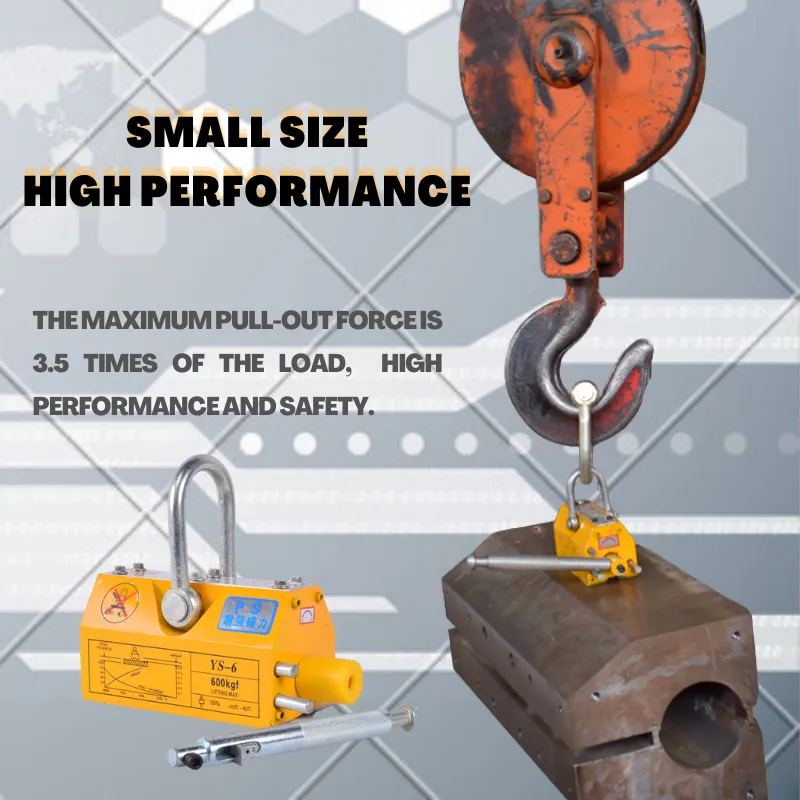komponen gantry crane
Understanding the Components of Gantry Cranes
Gantry cranes are essential pieces of equipment used in various industrial applications, particularly in manufacturing and shipping industries. They are designed to lift and move heavy loads with ease, and their robust structure provides stability and safety. This article explores the key components of gantry cranes, their functions, and their significance in improving productivity and efficiency in workplaces.
1. Structure
The main frame of a gantry crane consists of two vertical supports connected by a horizontal beam, known as the gantry. The structure can be made from various materials, including steel or aluminum, depending on the load capacity and operational environment. The stability of the gantry crane largely depends on its design, which often incorporates cross bracing to resist lateral forces during operation. Depending on the application, the gantry can be configured to have a single or double girder arrangement, with the double girder providing additional lift height and load capacity.
2. Hoist
At the heart of every gantry crane is the hoist, responsible for lifting and lowering loads. The hoist consists of several components, including a motor, drum, and wire rope or chain. The motor provides the necessary power to spool the wire rope or chain, enabling it to lift heavy loads. Modern hoists may incorporate electric controls, remote operation capabilities, and safety brakes to ensure secure handling of materials. The choice of hoist greatly impacts the crane's performance, with options ranging from electric to pneumatic or hydraulic systems.
3. Wheels and Track System
Gantry cranes are often equipped with wheels that run on a track, facilitating easy movement across a workspace. The wheels can be either fixed or swivel, offering versatility in maneuvering the crane. The track system may be mounted on the ground, providing a smooth pathway for the crane to move. This design allows for efficient coverage of large areas, making it ideal for warehouses, manufacturing plants, and shipping docks.
komponen gantry crane

4
. Control SystemsThe control system of a gantry crane plays a crucial role in its operation. Operators can control the hoisting motion, the movement of the crane along the track, and various safety functions through electrical or manual controls. Modern gantry cranes often feature advanced control systems, including programmable logic controllers (PLCs) and touch-screen interfaces, enhancing user experience and operational efficiency. Remote control options are also available, allowing operators to manage the crane from a safe distance.
5. Safety Features
Safety is paramount in any industrial environment, and gantry cranes are designed with multiple safety features. These may include overload protection systems, emergency stop buttons, limit switches to prevent over-travel, and safety guards. Regular inspections and maintenance are essential to ensure these safety features are fully operational. Moreover, the design of gantry cranes often includes safety decals and operational manuals to guide operators in safe handling practices.
6. Applications
The versatility of gantry cranes makes them suitable for various applications across different industries. They are commonly used in manufacturing facilities for assembling parts, loading and unloading materials, and transporting heavy items. Additionally, gantry cranes are prevalent in shipping yards for moving containers and freight. The ability to customize the crane according to the specific needs of an operation is a significant advantage, making it a favored choice among industrial equipment.
Conclusion
In summary, gantry cranes are critical for enhancing productivity and safety in various industrial operations. Understanding their components—structure, hoist, wheels, control systems, and safety features—provides insight into their functionality and importance. As industries continue to evolve, the design and technology behind gantry cranes are also advancing, ensuring they remain a staple in heavy lifting and material handling tasks. By investing in high-quality gantry cranes, businesses can improve their operational efficiency and workplace safety, ultimately driving success in their respective fields.
-
2000 lb Gantry Crane: Portable, Heavy-Duty, & Safe LiftingNewsAug.29,2025
-
4000 lb Gantry Crane: Heavy-Duty, Adjustable Lifting SolutionsNewsAug.28,2025
-
The Power of Trolley Cargo and Machinery Moving SolutionsNewsAug.22,2025
-
Exploring Magnetic Lifting Devices for Efficient Steel Plate HandlingNewsAug.22,2025
-
The Essential Guide to Portal CraneNewsAug.22,2025
-
Enhancing Efficiency in Permanent Magnetic LiftersNewsAug.22,2025
-
Heavy-Duty Machinery Movers and Material Handling SolutionsNewsAug.22,2025
